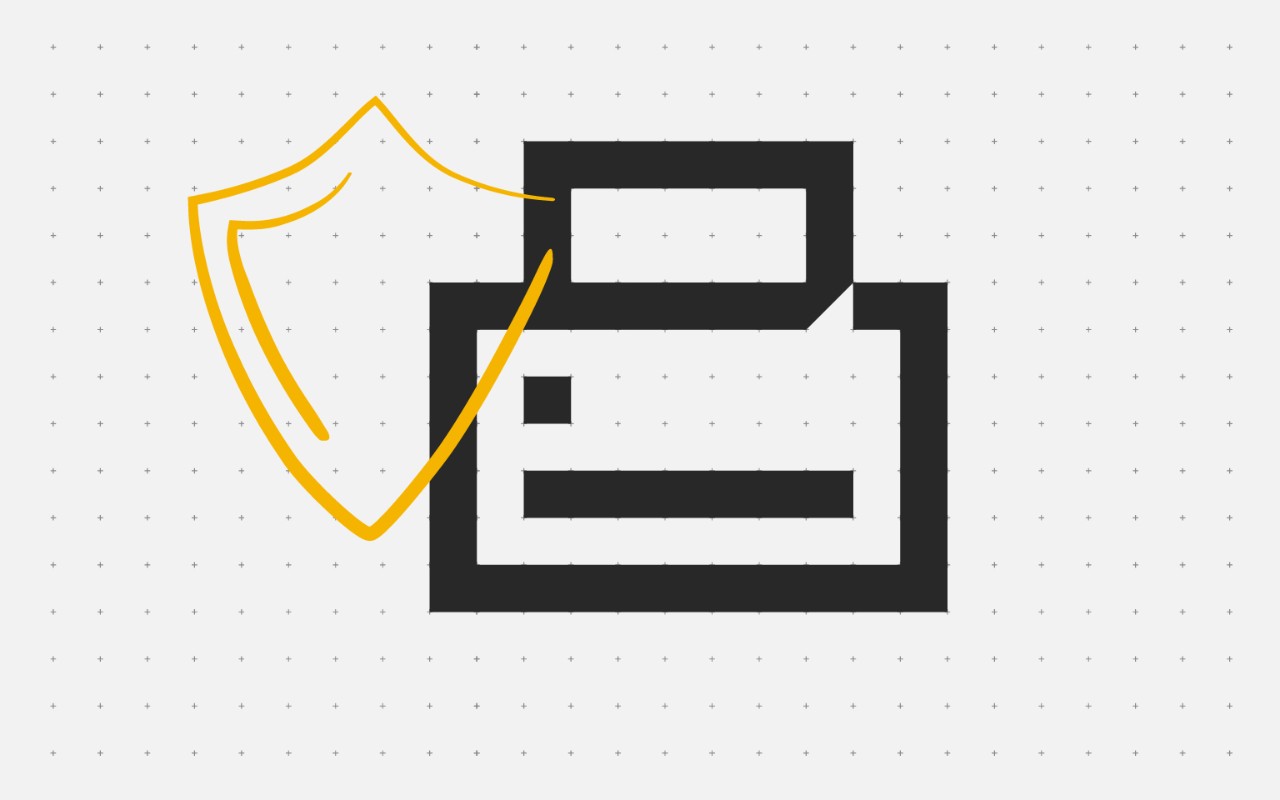In many organisations, printers are essential tools for daily operations. However, their role in maintaining data security is often underestimated. While businesses invest heavily in securing computers and networks, the importance of printer security remains an overlooked vulnerability. This oversight can lead to significant security breaches, compromising sensitive information and exposing organisations to various risks.
Why printer security is often overlooked
Printers have evolved from simple output devices to sophisticated network and Wi-Fi connected machines capable of scanning, copying, and storing documents. Despite this advancement, many businesses continue to perceive printers as harmless devices sitting outside of regular cyber security efforts, not recognising their potential as entry points for cyberattacks. This misconception leads to several security gaps:
- Lack of awareness: Many organisations are unaware that modern printers have hard drives and network connectivity, making them susceptible to the same threats as computers.
- Default configurations: Printers often operate with default settings, including generic passwords, or disabled user authentication which makes them easily exploitable by cybercriminals.
- Unmonitored access: Physical and network access to printers is seldom monitored, allowing unauthorised individuals to retrieve sensitive documents or infiltrate the network.
These oversights can result in data breaches, unauthorised access to confidential information, and compliance violations. In fact a report by Quocirca reported more that 68% of organisation have experienced
data losses to due insecure printing measures.
Potential threats from unsecured printers
Neglecting printer security can expose organisations to various threats:
- Data interception: Unsecured printers can be intercepted by hackers, leading to unauthorised access to sensitive information.
- Network breaches: Printers connected to the network can serve as entry points for cybercriminals, potentially compromising the entire system.
- Document theft: Physical access to printers can allow individuals to retrieve printed documents containing confidential data.
- Malware infiltration: Unsecured printers can be exploited to introduce malware into the network, causing widespread damage.
Through partnerships with its customers Kyocera seeks to educate its clients and provide printing solutions that mitigate these risks of data breaches.
Businesses should adopt best practices to reduce printer security risks.”
Best practices for strengthening printer security
Beyond investing in secure hardware and software, businesses should adopt best practices to further reduce printer-related security risks. Here are a few key steps:
- Change default credentials: Many printers still operate with default usernames and passwords, making them easy targets. Ensure all devices have unique, strong passwords.
- Limit network access: Printers should only be accessible to necessary users. Restricting access via network segmentation prevents attackers from using printers as entry points into the wider IT infrastructure.
- Enable logging and monitoring: Regularly reviewing printer logs can help detect unusual activity, such as unauthorised print jobs or access attempts. Tools like KYOCERA Fleet Services enable this while providing secondary benefits such as cost-savings.
- Secure discarded devices: When retiring old printers, ensure that internal storage is wiped to prevent data leaks. Many businesses overlook this step, leaving confidential data vulnerable.
By combining these measures with Kyocera’s built-in security features, businesses can create a comprehensive defence strategy, significantly reducing the risk of printer-related security breaches and enhancing the overall depth of security across the company IT setup.
How Kyocera addresses printer security
Recognising these vulnerabilities, Kyocera has developed comprehensive security measures to protect businesses:
- Advanced encryption: Kyocera's printers employ robust encryption protocols to safeguard data during transmission and storage, ensuring that sensitive information remains confidential.
- User authentication: Implementing user authentication controls ensures that only authorised personnel can access the printer's functions, preventing unauthorised use and potential data breaches.
- Regular firmware updates: Kyocera provides regular firmware updates to address emerging security threats, ensuring that devices remain protected against the latest vulnerabilities.
- Secure print release: This feature holds print jobs in a secure queue until the user authenticates at the device, preventing sensitive documents from being left unattended and accessible to unauthorised individuals.
Kyocera's commitment to security is evident in their K-Level security, which exceeds industry standards.
The overlooked importance of printer security
Printers are integral to business operations, but overlooking their security can have serious consequences. By acknowledging the potential risks and implementing robust security measures, organisations can protect their sensitive information and maintain the integrity of their networks. Kyocera's advanced printing and document management solutions offer the necessary tools to safeguard your business against these often-overlooked vulnerabilities.
Contact us today to talk security with an expert.
Stay up-to-date with security!
Security is of the utmost importance in the digital world. See how we contribute to a safer office.




